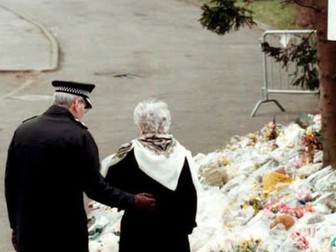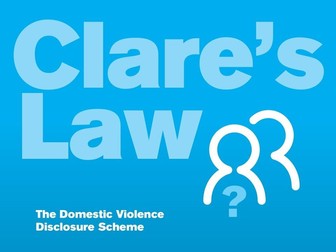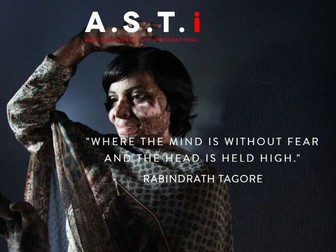
WJEC Level 3 Applied Certificate/Diploma in Criminology - Unit 2 - AC3.1, 4.1, 4.2 & 4.3
A third and final collection of resources for Unit 2 (Criminological Theories) - AC3.1, AC4.1, AC4.2 and AC4.3 for the WJEC Level 3 Applied Certificate/Diploma in Criminology. These resources contain Powerpoint presentations and activities including embedded video, Kahoot quiz links, discussions and separate tasks.
AC3.1 - Analyse situations of criminality - a research task into a variety of criminal situations with the groundwork to analyse their causes, referring back to theories from AC2.
AC4.1 - Assess the use of criminological theories in informing policy development - a series of presentation on the applications of the theories of AC2 in modern policies, including Cognitive Distortion and mental illness treatment, Token economy and Eugenics.
AC4.2 & 4.3 - Explain how social changes affect policy development and Discuss how campaigns affect policy making - a final collection of presentations, guidesheets and revision materials to prepare for the Unit 2 exam. Contained within are a variety of famous UK-based campaigns and their origins due to social events in our past, including Snowdrop, Sarah’s Law and Claire’s Law.
The lessons contained herein are intended to cover a final 4 weeks of Unit 2, with a wide variety of activities, research tasks, Kahoot (also created by the author), and revision tasks.









